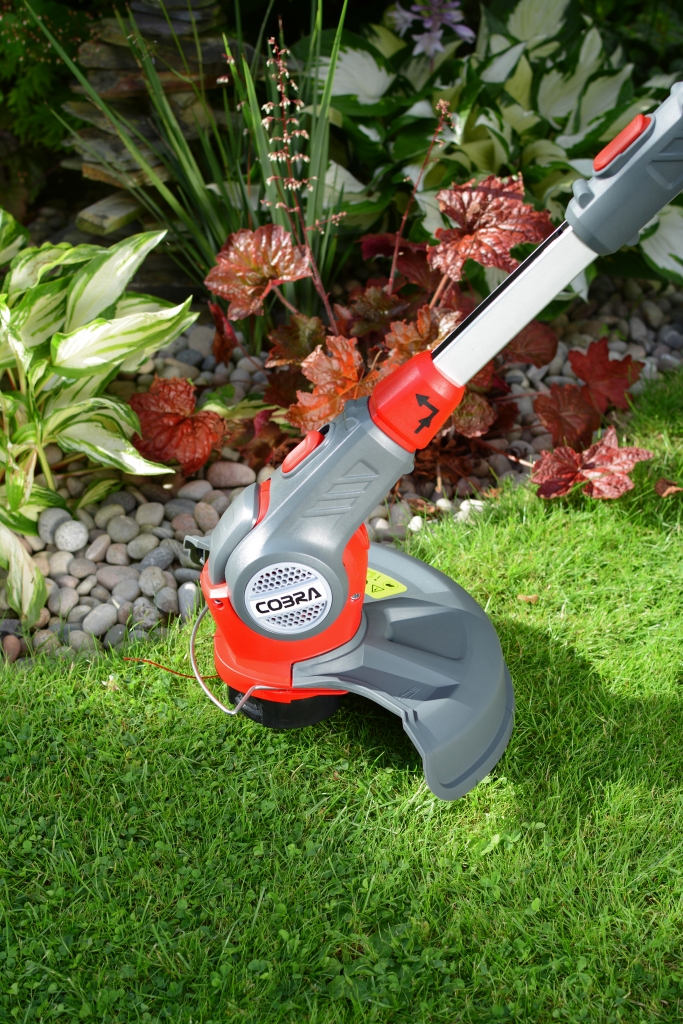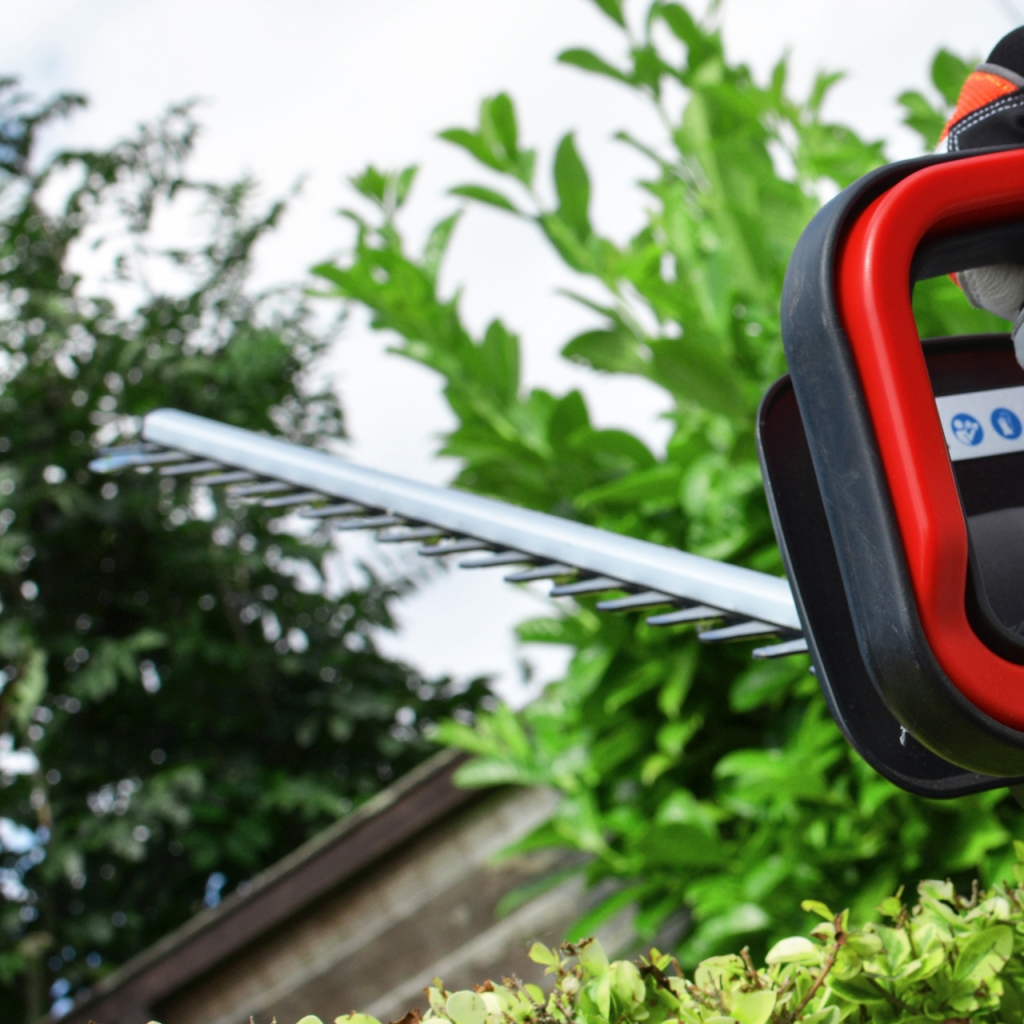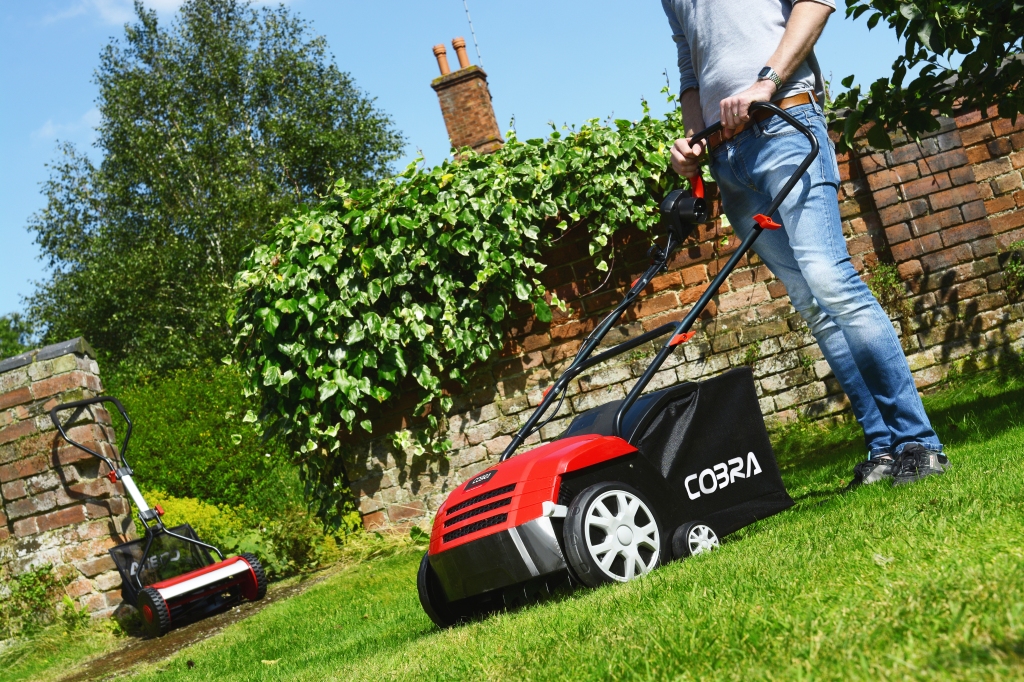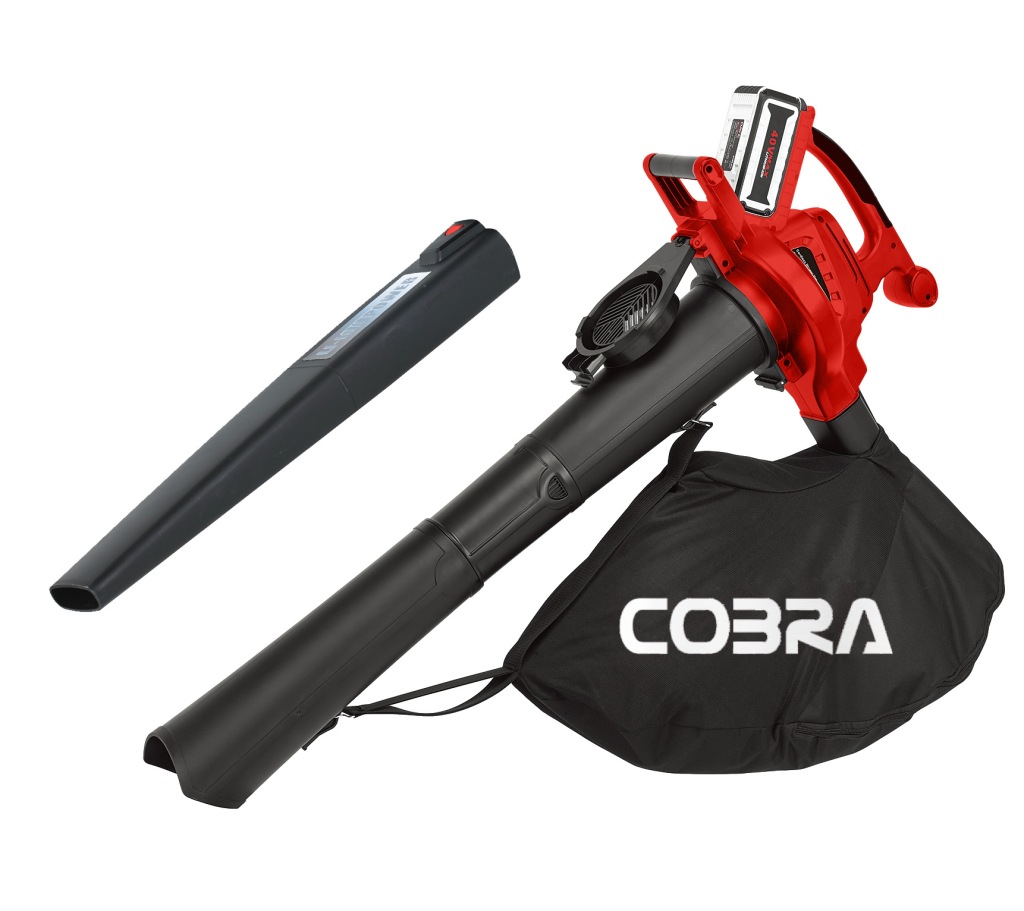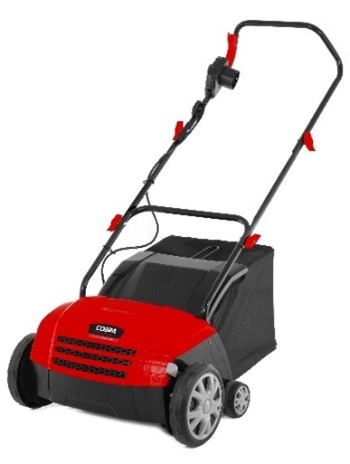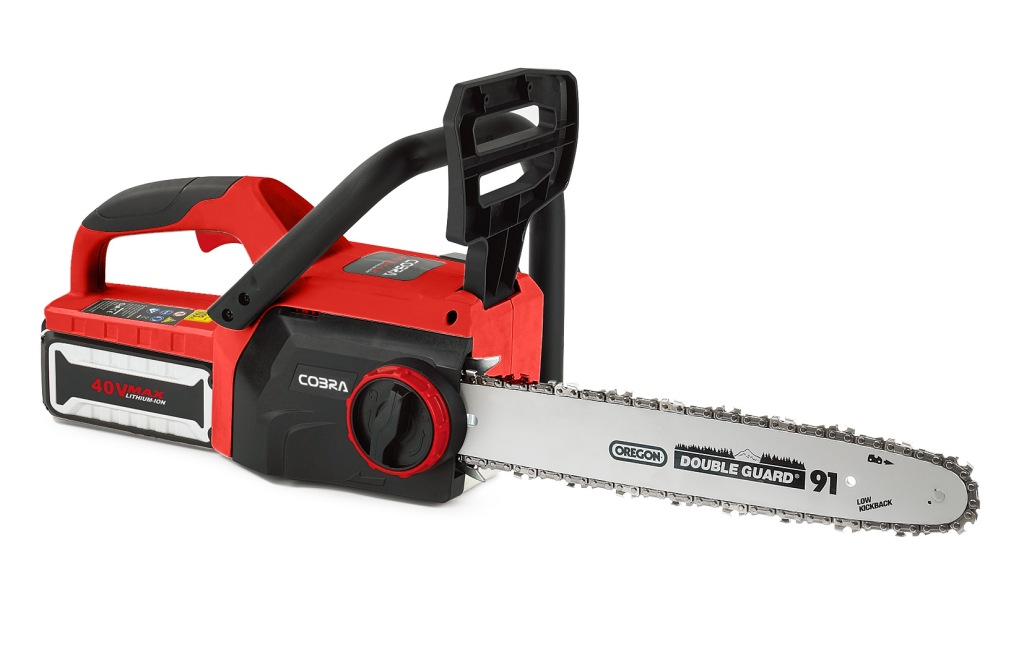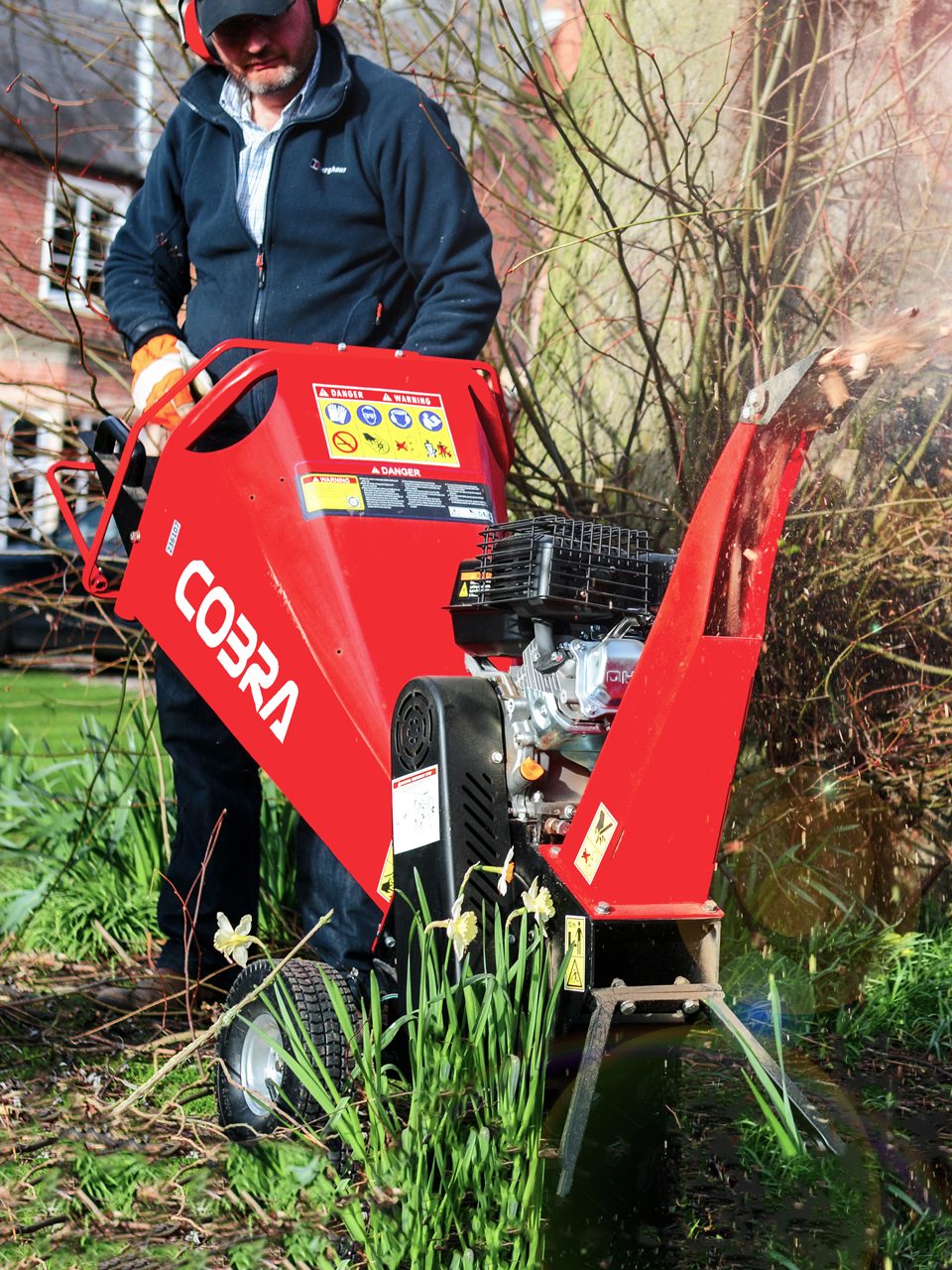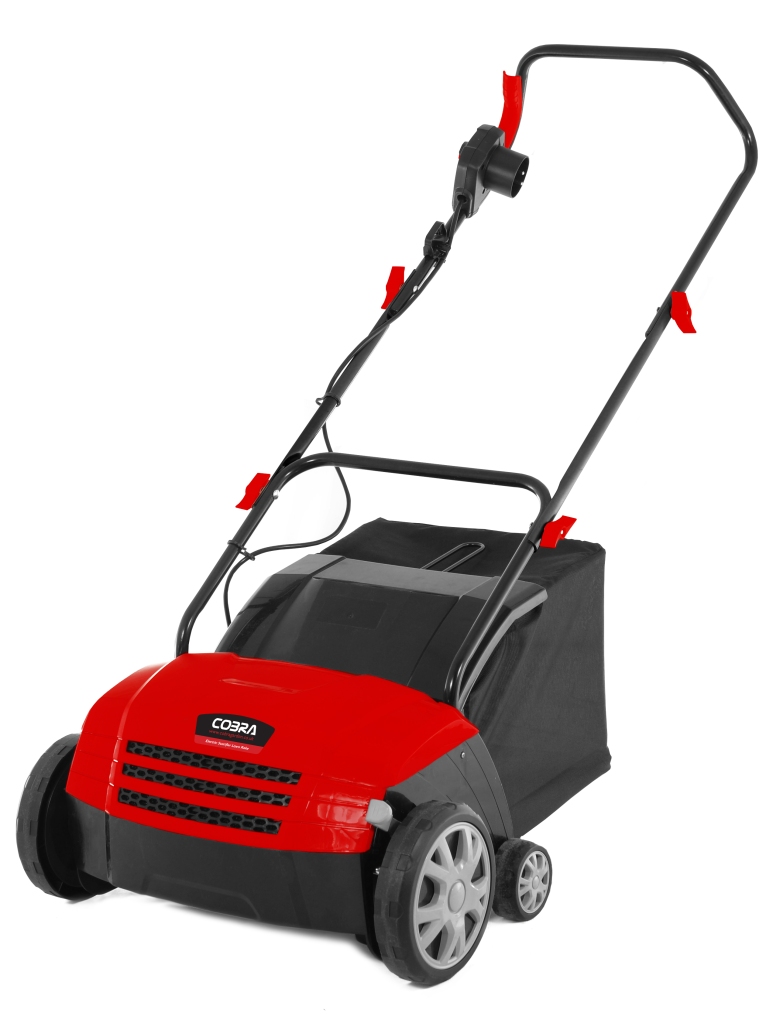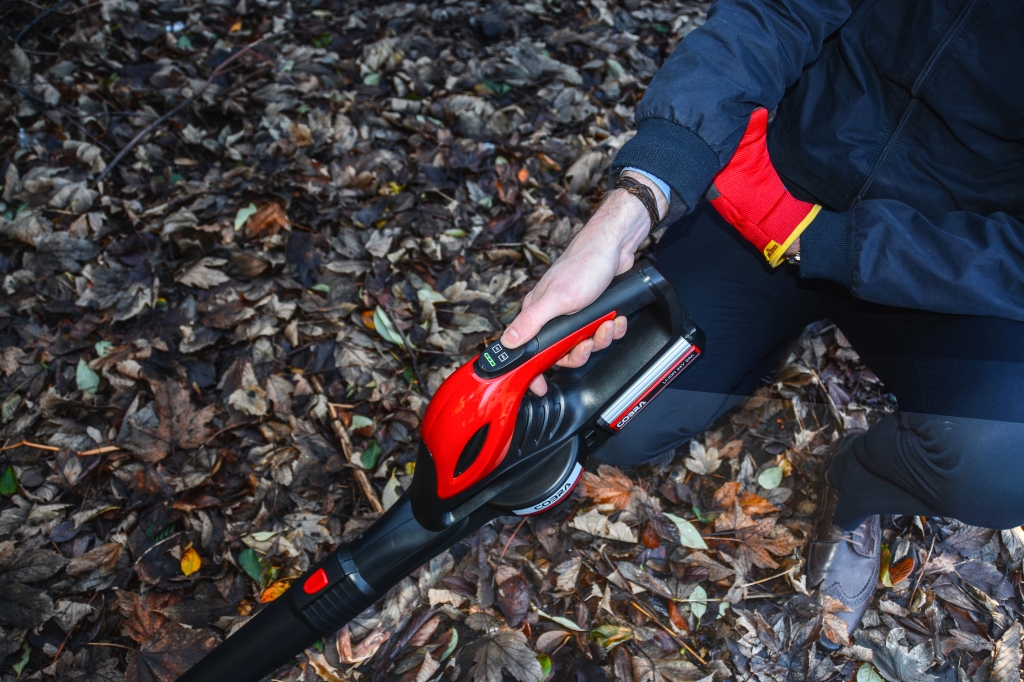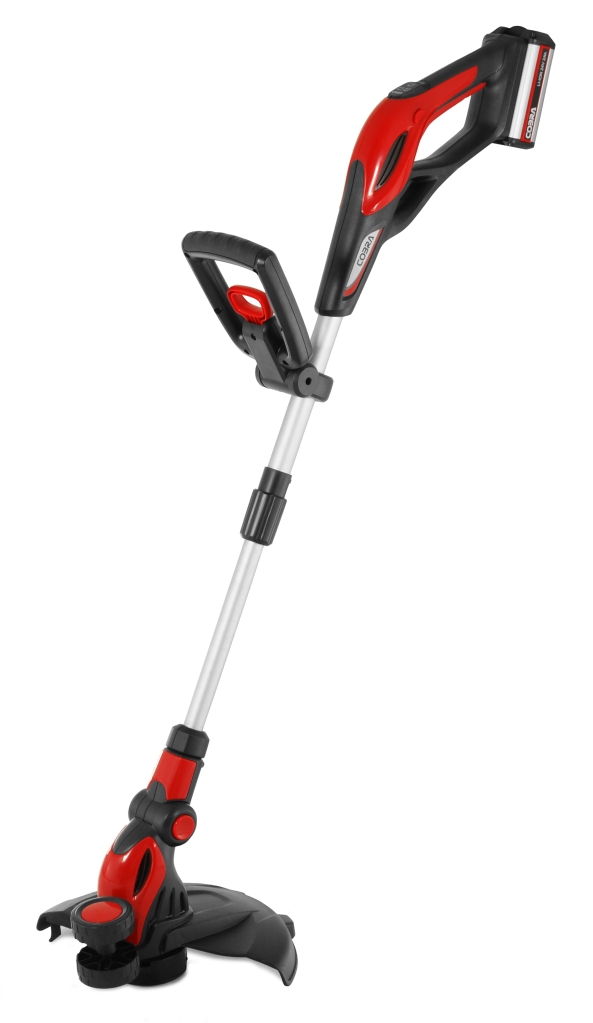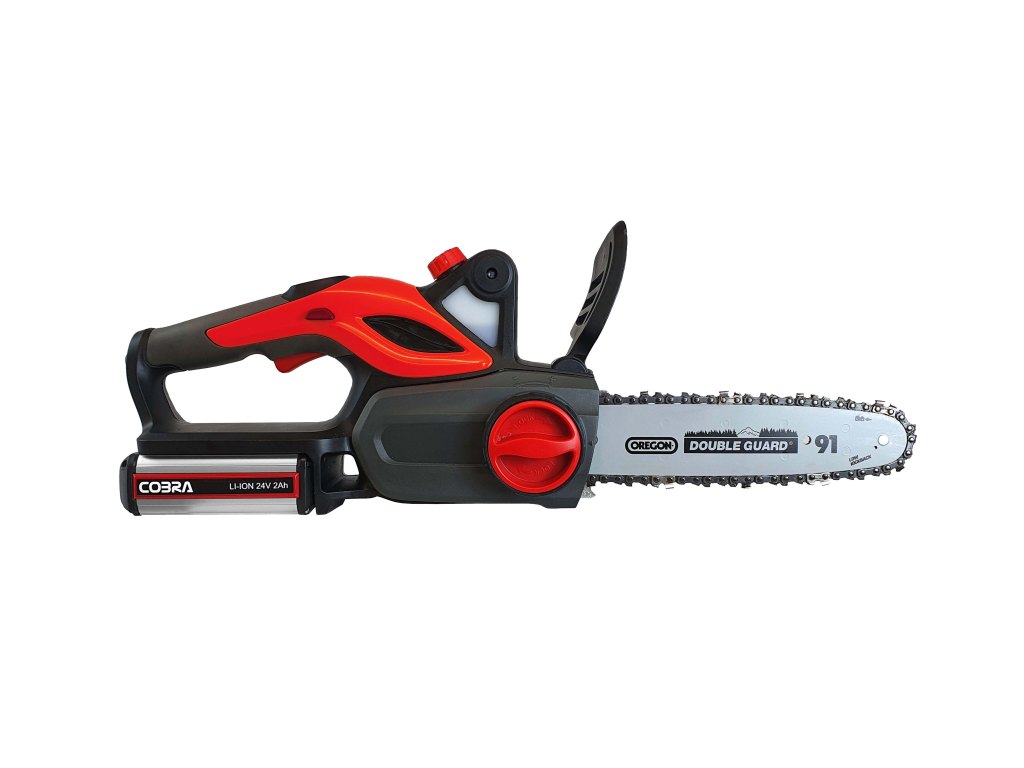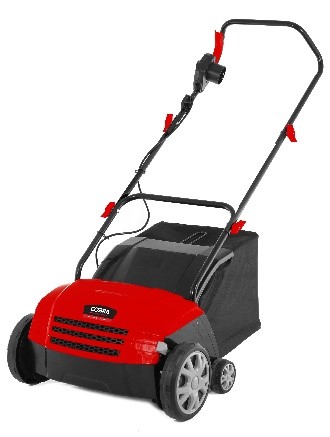Spring is here and while it’s great to finally be out enjoying the great outdoors after a long, cold winter, it’s also time to start thinking about maintaining your garden so you can enjoy summer in a beautifully kept space. Whether it’s simply trimming lawn edges or establishing the right mowing routine, there’s plenty you can do to create a beautiful exterior space that you and the family can enjoy all summer long.
We’ve put together some of our top tips for getting your garden summer ready, and with our wide range of tools, garden maintenance will be simple, quick and easy.
Control grass and weed growth
While some areas of your lawn may have seen weed growth over the winter months, edges and smaller areas where lawn mowers cannot fit may also start to look untidy and ragged as grass growth picks up, so regular maintenance in these areas will help to keep your garden looking its best. To help make the maintenance even easier, our range of grass trimmers takes away all the effort, making it quick and simple to transform your lawn.
Our GT600E offers a high performance tool, with its 90° tilting cutting head making for effortlessly, speedy cutting. Its plant protection bar also makes it possible to trim close to plants and shrubs without damaging them and its telescopic shaft allows for increased operator comfort and manoeuvrability.
Revive grass by scarifying
Throughout the winter months, your lawn may have experienced a build-up of moss and debris. This can cause serious damage to your lawn as it restricts water, air and nutrients from reaching the grass root which can cause a stunt in growth and a number of diseases to establish. So, as growing season starts in spring, it’s the perfect time to scarify your lawn to restore its strength and vibrancy in time for summer.
For an effortless run, our SA32E Electric Powered Scarifier is perfectly equipped to tackle any lawn, bringing to an end hours of manual raking, easily removing thatch, weeds and other debris from lawns with its 13” scarifying drum and powerful 1400 W motor. With ergonomically positioned operator controls, the SA32E has also been designed to make operator use as comfortable and safe as possible. Plus, after scarification is complete and your lawn is free from any debris, the SA32E also comes equipped with a bladed aerator that has 12 high quality steel blades. This means that you will be able to break down any compacted soil beneath the grass so much needed air, water and nutrients can travel to the root and produce healthy, vigorous grass.
Prune trees and hedges
Whether your garden is full of hedges or trees, spring may be a great time to trim and prune them so they look neat and tidy and are ready for the upcoming season.
Pruning trees is a vital process in keeping it happy and healthy. The process mainly involves shortening its branches or removing any diseased or damaged wood to make sure that it doesn’t spread to the rest of the tree. It also reduces the risk of wind damage and helps to maintain its structural integrity. Tress most prone to silver leaf disease are best pruned from April, so it’s best to check if any of your trees are at risk.
Hedges also require regular trimming, usually in spring and summer, to keep them dense and compact. Our HT55040VZ Cordless Hedgetrimmer is the perfect tool to help you tackle your hedges, with its 55cm double-sided blade and 40V Li-ion battery making light work of removing excess branches from hedges. Its double-sided feature also provides the ultimate product for shaping hedges as you can alter the direction of the cut easily and its ergonomically positioned controls not only makes operator use more comfortable but gives greater manoeuvrability.
For more labour-intensive tasks such as pruning trees, our CS1024V Cordless Chainsaw offers a lightweight chainsaw ideal for pruning and cutting jobs around the garden. The 10” Oregon bar and chain is always ready to tackle the job at hand, and with both machine’s battery design, it opens the door to countless uses, even in places with no electricity or in places where cords and cables won’t reach.
It’s important to invest in your garden now so that you not only have a luscious space to enjoy in the summer but also a garden you can be proud of all year round. Here at Cobra, we’re passionate about making your garden maintenance regime as simple and easy as possible, so your garden journey is one you can enjoy rather than dread.

